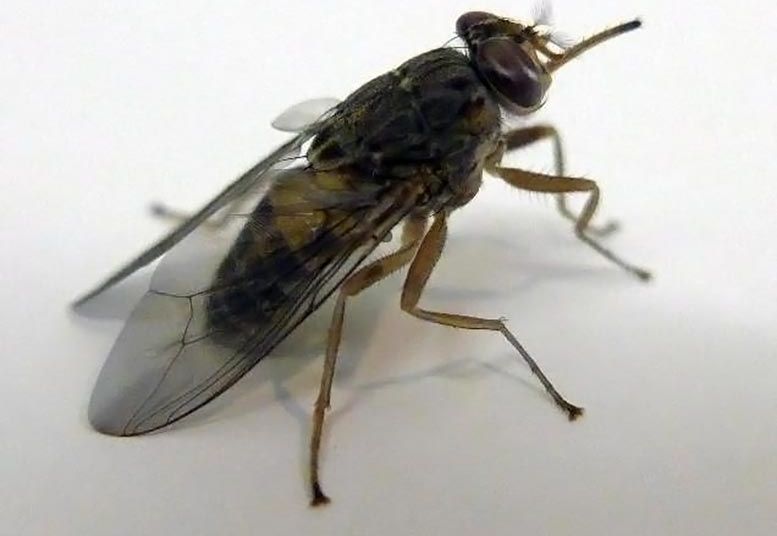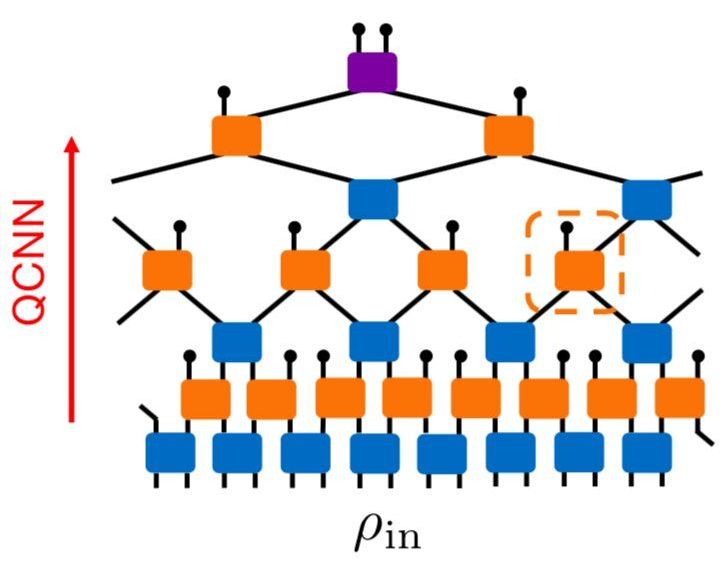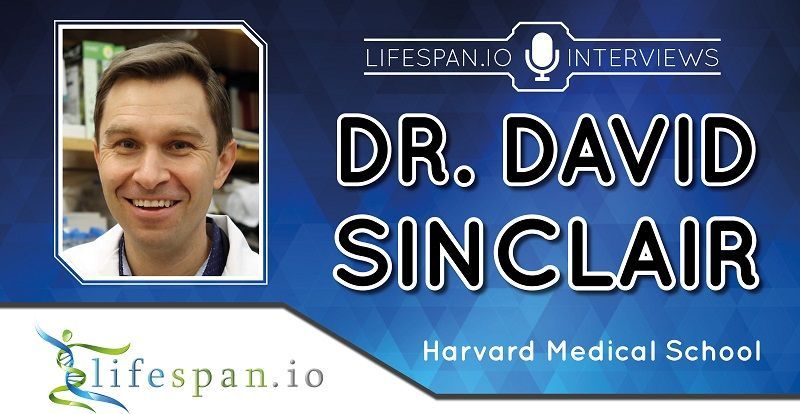Researchers at the Universities of Abuja and Nigeria, in collaboration with the University of Bristol, have detected a potentially human-infective microbe in pet dogs in Nigeria.
Dogs in tropical Africa run the risk of contracting canine trypanosomosis if they are bitten by bloodsucking tsetse flies carrying trypanosomes – microscopic, single-celled organisms found in the bloodstream. In dogs, this disease runs a severe course and is often fatal; “white eyes” or corneal cloudiness is one of the characteristic and obvious signs of the disease.
Sick dogs suspected of trypanosomosis are frequently brought to the University of Nigeria Veterinary Teaching Hospital (UNVTH) in Nsukka, where diagnosis relies on examination of a blood smear under the microscope. While trypanosomes are easily detected by their rapid motion among the blood cells, it is hard to determine the exact species of trypanosome by microscopy alone.








